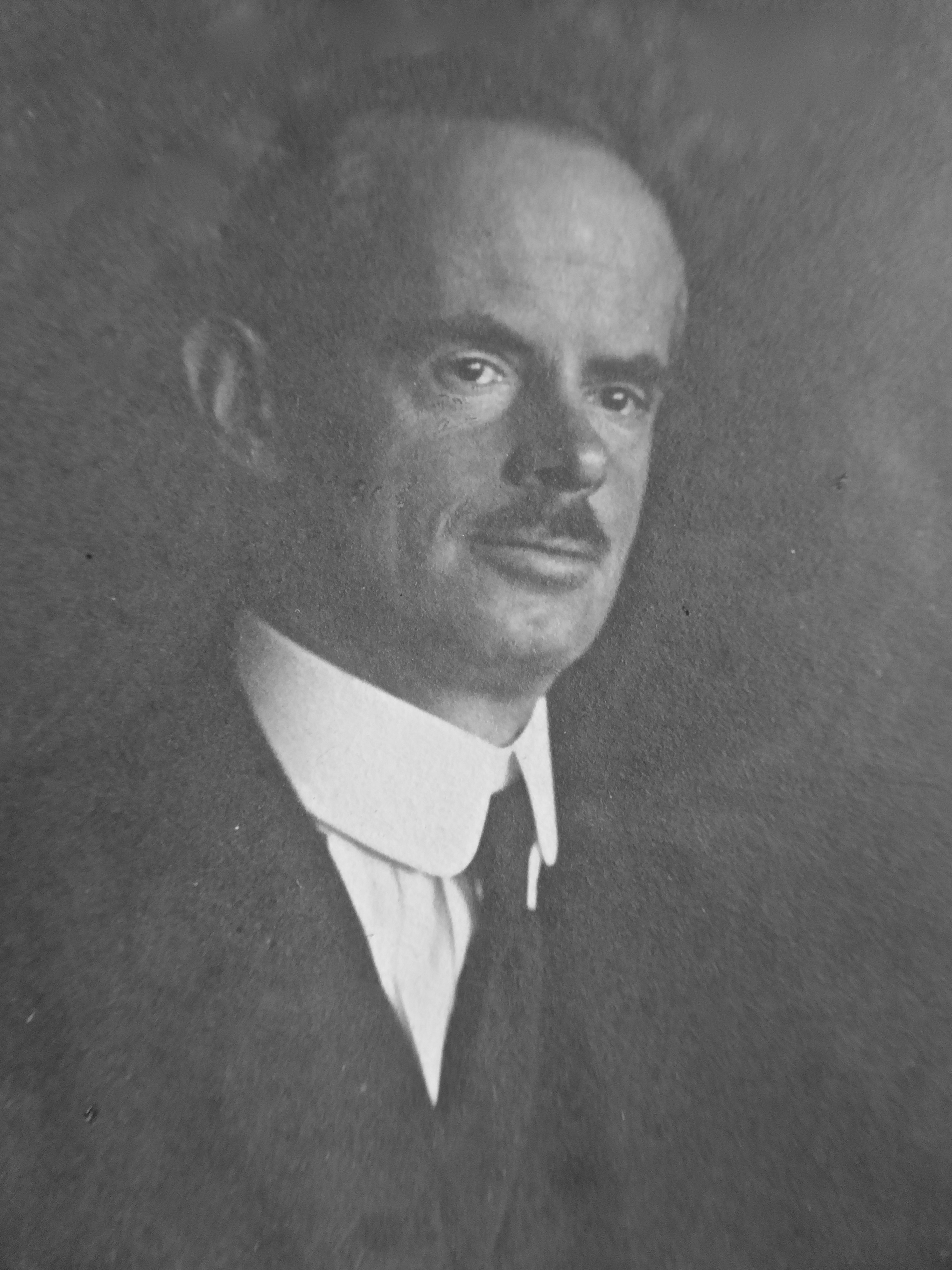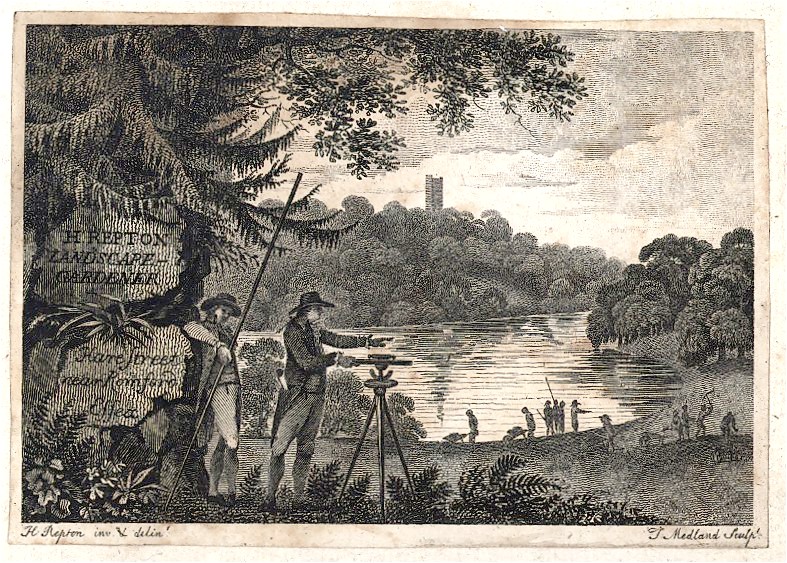|
Gustav-Ammann-Park
The Gustav-Ammann-Park is a public park in Oerlikon, Zurich, is built on the former area of the Bürhle AG and covers 32,291 ft². In 1996, the privately owned park became a preserve. One year later, the formerly nameless facility was handed over to the population as Gustav-Ammann-Park. It was gently renovated in 2004/2005, maintaining all historical garden monuments. The name of the park reminds us of Gustav Ammann (1886–1955), a well-known Swiss landscape architect who worked in the modernist style.''Gustav-Ammann-Park.'' Office of Parks and Open Spaces of Zurich, 2005. Development In 1942, a «welfare building» and accompanying park were built on the site of the former tool factory Bührle & Co for their staff. With welfare in mind, a garden was created which focussed on the relaxation of the staff, not the appearance. The landscape architect Gustav Ammann created a peaceful refuge from the noise of the factory. With the conversion of parts of the factory area, the ... [...More Info...] [...Related Items...] OR: [Wikipedia] [Google] [Baidu] |
Oerlikon (Zürich)
Oerlikon is a quarter in the northern part of the city of Zürich, Switzerland. A formerly independent municipality, Oerlikon was merged with Zürich in 1934 and forms today, together with Affoltern and Seebach, the city district 11. History The name Oerlikon goes back to the Alemannic settlement founder Orilo. Oerlikon was mentioned for the first time in the year 946 (other source: 942) as ''Orlinchowa''. At that time the town consisted of no more than one dozen houses. Later on it was part of the municipality of Schwamendingen, where the inhabitants of Oerlikon went to school and attended church. In 1855 the line from Oerlikon to Winterthur via Wallisellen was established by the '' Schweizerische Nordostbahn'' (NOB). The following year the line was extended to Zürich Hauptbahnhof through the Wipkingen Tunnel. Lines from Wallisellen to Uster (1856) and Oerlikon to Bülach via Glattbrugg (1865) followed. The opening of these lines triggered the industrialisation of Oer ... [...More Info...] [...Related Items...] OR: [Wikipedia] [Google] [Baidu] |
Gustav Ammann
Gustav Ammann (1885–1955) was a Swiss landscape architect who worked in the modernist style. His former home is now the Gustav-Ammann-Park The Gustav-Ammann-Park is a public park in Oerlikon, Zurich, is built on the former area of the Bürhle AG and covers 32,291 ft². In 1996, the privately owned park became a preserve. One year later, the formerly nameless facility was ha ... in Zurich. 1885 births 1955 deaths Swiss landscape architects {{Switzerland-architect-stub ... [...More Info...] [...Related Items...] OR: [Wikipedia] [Google] [Baidu] |
Population
Population typically refers to the number of people in a single area, whether it be a city or town, region, country, continent, or the world. Governments typically quantify the size of the resident population within their jurisdiction using a census, a process of collecting, analysing, compiling, and publishing data regarding a population. Perspectives of various disciplines Social sciences In sociology and population geography, population refers to a group of human beings with some predefined criterion in common, such as location, race, ethnicity, nationality, or religion. Demography is a social science which entails the statistical study of populations. Ecology In ecology, a population is a group of organisms of the same species who inhabit the same particular geographical area and are capable of interbreeding. The area of a sexual population is the area where inter-breeding is possible between any pair within the area and more probable than cross-breeding with in ... [...More Info...] [...Related Items...] OR: [Wikipedia] [Google] [Baidu] |
Switzerland
). Swiss law does not designate a ''capital'' as such, but the federal parliament and government are installed in Bern, while other federal institutions, such as the federal courts, are in other cities (Bellinzona, Lausanne, Luzern, Neuchâtel, St. Gallen a.o.). , coordinates = , largest_city = Zürich , official_languages = , englishmotto = "One for all, all for one" , religion_year = 2020 , religion_ref = , religion = , demonym = , german: Schweizer/Schweizerin, french: Suisse/Suissesse, it, svizzero/svizzera or , rm, Svizzer/Svizra , government_type = Federalism, Federal assembly-independent Directorial system, directorial republic with elements of a direct democracy , leader_title1 = Federal Council (Switzerland), Federal Council , leader_name1 = , leader_title2 = , leader_name2 = Walter Thurnherr , legislature = Fe ... [...More Info...] [...Related Items...] OR: [Wikipedia] [Google] [Baidu] |
Landscape Architect
A landscape architect is a person who is educated in the field of landscape architecture. The practice of landscape architecture includes: site analysis, site inventory, site planning, land planning, planting design, grading, storm water management, sustainable design, construction specification, and ensuring that all plans meet the current building codes and local and federal ordinances. The practice of landscape architecture dates to some of the earliest of human cultures and just as much as the practice of medicine has been inimical to the species and ubiquitous worldwide for several millennia. However, this article examines the modern profession and educational discipline of those practicing the design of landscape architecture. In the 1700s, Humphry Repton described his occupation as "landscape gardener" on business cards he had prepared to represent him in work that now would be described as that of a landscape architect. The title, "landscape architect", was first used ... [...More Info...] [...Related Items...] OR: [Wikipedia] [Google] [Baidu] |
Modernist
Modernism is both a philosophical and arts movement that arose from broad transformations in Western society during the late 19th and early 20th centuries. The movement reflected a desire for the creation of new forms of art, philosophy, and social organization which reflected the newly emerging industrial world, including features such as urbanization, architecture, new technologies, and war. Artists attempted to depart from traditional forms of art, which they considered outdated or obsolete. The poet Ezra Pound's 1934 injunction to "Make it New" was the touchstone of the movement's approach. Modernist innovations included abstract art, the stream-of-consciousness novel, montage cinema, atonal and twelve-tone music, divisionist painting and modern architecture. Modernism explicitly rejected the ideology of realism and made use of the works of the past by the employment of reprise, incorporation, rewriting, recapitulation, revision and parody. Modernism also rejected t ... [...More Info...] [...Related Items...] OR: [Wikipedia] [Google] [Baidu] |
Factory
A factory, manufacturing plant or a production plant is an industrial facility, often a complex consisting of several buildings filled with machinery, where workers manufacture items or operate machines which process each item into another. They are a critical part of modern economic production, with the majority of the world's goods being created or processed within factories. Factories arose with the introduction of machinery during the Industrial Revolution, when the capital and space requirements became too great for cottage industry or workshops. Early factories that contained small amounts of machinery, such as one or two spinning mules, and fewer than a dozen workers have been called "glorified workshops". Most modern factories have large warehouses or warehouse-like facilities that contain heavy equipment used for assembly line production. Large factories tend to be located with access to multiple modes of transportation, some having rail, highway and water loading ... [...More Info...] [...Related Items...] OR: [Wikipedia] [Google] [Baidu] |
Office Of Parks And Open Spaces Of Zurich
An office is a space where an organization's employees perform administrative work in order to support and realize objects and goals of the organization. The word "office" may also denote a position within an organization with specific duties attached to it (see officer, office-holder, official); the latter is in fact an earlier usage, office as place originally referring to the location of one's duty. When used as an adjective, the term "office" may refer to business-related tasks. In law, a company or organization has offices in any place where it has an official presence, even if that presence consists of (for example) a storage silo rather than an establishment with desk-and-chair. An office is also an architectural and design phenomenon: ranging from a small office such as a bench in the corner of a small business of extremely small size (see small office/home office), through entire floors of buildings, up to and including massive buildings dedicated entirely to one c ... [...More Info...] [...Related Items...] OR: [Wikipedia] [Google] [Baidu] |






